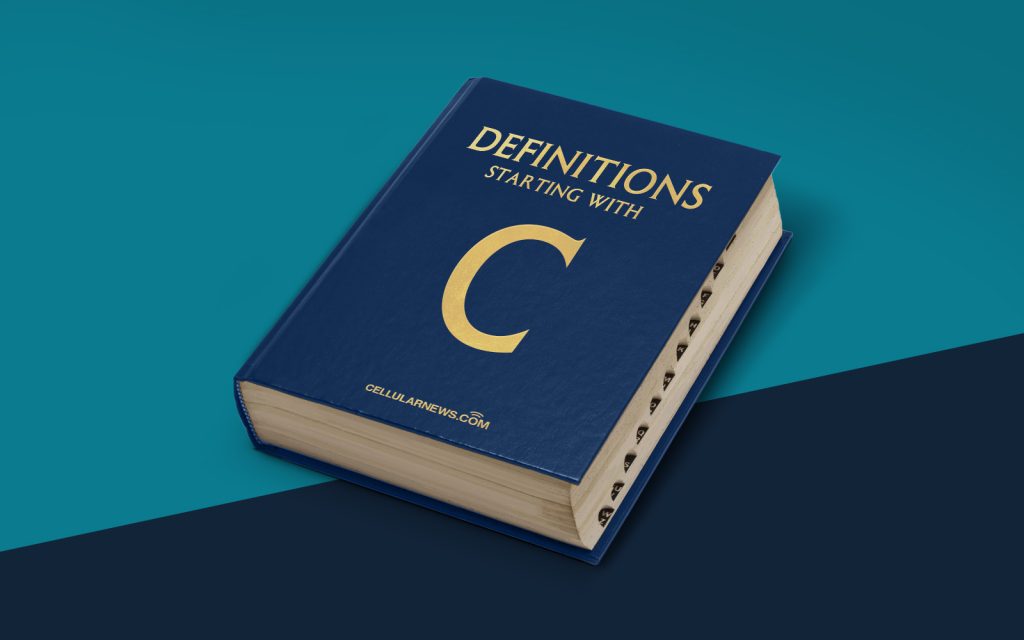
Let Your Imagination Take Shape: Exploring the Art of Clay Animation
Are you a fan of animated films or just curious about the art of animation? Well, get ready to embark on a journey that will make your imagination take shape with clay animation! In this article, we will delve into the exciting world of clay animation, exploring what it is, how it works, and why it has captured the hearts of viewers around the globe. So, let’s dive in and discover the wonders of clay animation together!
Key Takeaways:
- Clay animation is a stop-motion animation technique that involves creating characters and objects from clay or similar malleable materials.
- Clay animation requires patience, meticulous attention to detail, and a whole lot of creativity to bring inanimate objects to life.
The Art of Bringing Clay to Life
Clay animation, also known as claymation, is a unique and captivating form of stop-motion animation. It involves creating characters, objects, and sets out of clay or other pliable materials and then manipulating them incrementally to create the illusion of movement. The process may seem painstakingly slow, but the end result is a magical world where clay comes alive.
The process of clay animation typically involves the following steps:
- Storyboarding: Just like any other film, clay animation starts with a storyboard. Artists visualize the story, plan the scenes, and sketch out each frame to guide the later stages of production.
- Character Design and Modeling: Once the storyboard is complete, artists begin the process of bringing characters to life. They sculpt each character by molding clay, capturing their unique features and personality.
- Building Sets: In clay animation, the characters need a world to exist in. Artists create intricate sets using various materials, giving attention to every detail to make the scene come alive.
- Animating: The real magic happens during the animation phase. Artists pose the clay characters incrementally, taking individual frames with a camera at each stage. These frames are then stitched together to create the illusion of movement.
- Editing and Sound: Once the animation is complete, artists edit the frames, add sound effects, and music to enhance the overall viewing experience. This stage gives the animation its final finishing touches.
The Endless Possibilities: Why Clay Animation is So Popular
Clay animation has captivated audiences for decades, and its enduring popularity can be attributed to several factors:
- Creative Flexibility: With clay animation, the possibilities are limitless. Artists can shape the clay into any form or character they desire, allowing for endless creativity and innovation. This flexibility enables animators to bring even the most fantastical worlds to life with ease.
- Tangible and Textured: Clay animation has a unique charm that resonates with viewers of all ages. The tactile nature of clay characters and sets adds a sense of dimension and realism to the animations, making them visually appealing and relatable.
- Nostalgic Appeal: Clay animation has a nostalgic appeal that has stood the test of time. From classics like “Wallace and Gromit” to modern hits like “Chicken Run,” clay animation brings back memories of childhood and connects generations through its timeless storytelling.
So, whether you’re an aspiring animator or simply a lover of animated films, clay animation offers a fascinating glimpse into the creative process. The art of manipulating clay to bring imagination to life is a testament to the power of storytelling and the wonders that can be achieved with a little bit of clay and a whole lot of imagination.
